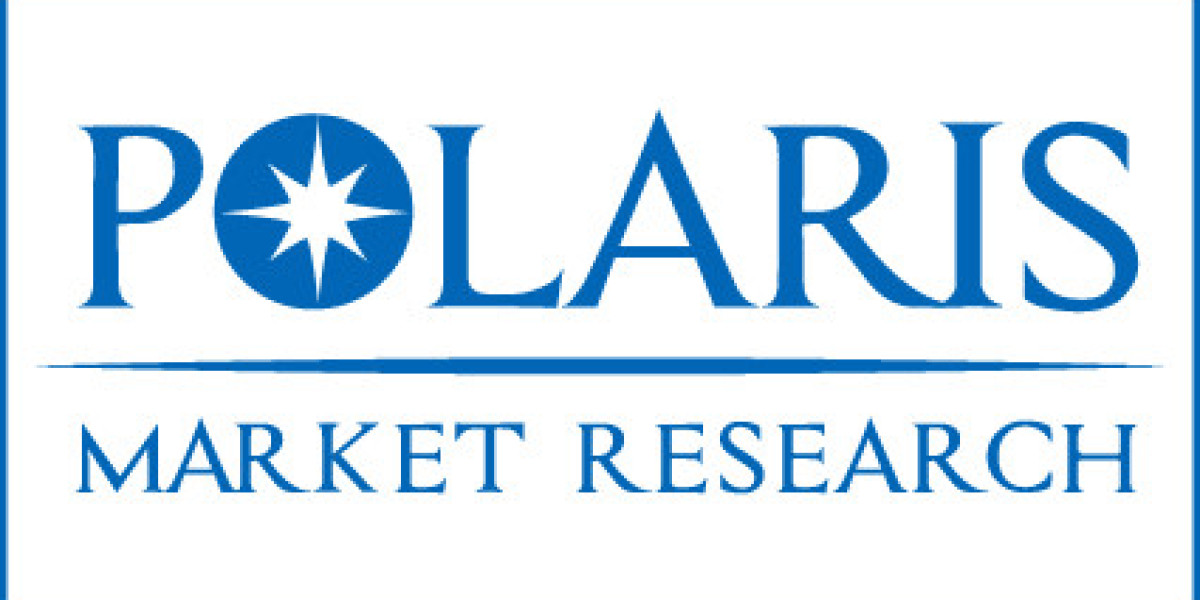Market Overview
The global risk analytics market was valued at USD 35.18 billion in 2021 and is expected to grow at a CAGR of 12.54% during the forecast period.
The Risk Analytics market provides software, services, and solutions that help organizations identify, quantify, monitor, and mitigate a wide range of risks — financial, operational, cybersecurity, market, credit, and compliance. These offerings combine data ingestion and normalization, statistical and machine-learning models, scenario and stress testing, and visualization and reporting capabilities. Deployments range from on-premises installations to cloud-native platforms and hybrid models, with managed services and analytics as a service gaining traction for organizations that lack in-house expertise.
Key Market Growth Drivers
- Regulatory Pressure and Compliance Requirements
Heightened regulatory scrutiny across global jurisdictions — including capital adequacy, stress testing, anti-money laundering (AML), and data protection mandates — forces organizations to adopt robust risk analytics for reporting, scenario analysis, and auditability. Regulators increasingly expect forward-looking risk measurement and rigorous documentation, making analytics investments essential. - Proliferation of Cybersecurity Threats and Operational Risks
As cyber incidents become more frequent and complex, organizations require risk models that incorporate threat intelligence, vulnerability scoring, and business-impact analysis. Risk analytics platforms embed security-risk modelling with incident simulations and enable prioritization of controls based on quantified potential losses. - Advances in AI/ML and Big Data Technologies
Improvements in machine learning, natural language processing, graph analytics and real-time streaming enable more accurate predictive models, anomaly detection, and scenario generation. These technologies allow firms to leverage alternative data sources (social media, transaction patterns, IoT telemetry) to enhance risk signal detection and reduce time to insight. - Shift to Cloud and Analytics as a Service
Cloud adoption reduces time-to-deploy and total cost of ownership for sophisticated analytics, while enabling scalable compute for large-scale simulations and stress testing. Managed analytics and platform subscriptions lower barriers for mid-market and smaller organizations, broadening the addressable market.
Market Challenges
- Data Quality, Integration and Governance Issues
Effective risk analytics depends on reliable, timely data from disparate systems. Fragmented legacy landscapes, inconsistent data definitions, and poor governance practices impede model accuracy and create operational risk. Significant effort and investment are required to establish single sources of truth and lineage for auditability. - Skills Shortage in Quantitative Risk and Data Science
There is a global shortage of professionals who combine domain risk expertise with strong data-science skills. Organizations struggle to recruit and retain modelers, data engineers, and explainability experts — leading to overreliance on vendor solutions or poorly governed in-house models. - Model Risk and Explainability Requirements
Increased use of complex machine-learning and black-box models raises model-risk concerns, particularly where regulatory scrutiny demands transparent, explainable outputs. Firms must balance model performance with interpretability, governance, and independent validation. - Integration of Risk Culture and Business Decision-Making
Embedding quantitative risk outputs into strategic and operational decision-making remains challenging. Organizational silos, cultural resistance, and unclear accountability can prevent analytics insights from influencing pricing, capital allocation, or operational change.
Browse Full Insights:
https://www.polarismarketresearch.com/industry-analysis/risk-analytics-market
Regional Analysis
North America: The largest regional market driven by financial services, insurance carriers, and technology adoption. Cloud migration and sophisticated analytics investments are common among large enterprises, while a growing ecosystem of analytics vendors and consultancies supports innovation.
Europe: Strong demand due to stringent regulatory regimes (e.g., stress testing, AML, Basel frameworks) and mature banking and insurance sectors. European firms emphasize model governance, data privacy compliance, and integrated ERM programs. Growth is also supported by fintechs and RegTech solutions.
Asia-Pacific: Fastest growing region as financial markets deepen and digital transformation accelerates. Adoption in Singapore, Hong Kong, Australia, China and India is notable — ranging from compliance and credit risk solutions to cyber risk analytics. Cloud and SaaS uptake is accelerating adoption in mid-market firms.
Latin America & Middle East & Africa (MEA): These regions are at varying stages of adoption. Large banks and multinational corporations are investing in risk analytics to meet international standards and manage commodity and political risk exposures. Adoption is organically growing as vendors offer localized, cloud-based solutions.
Key Companies
Some major players operating in the global market include Accenture plc, AxiomSL, BRIDGEi2i Analytics, Capgemini, Fidelity National Information Services, IBM Corporation, Oracle Corporation, OneSpan, Provenir, Recorded Future, Risk Edge Solutions, SAP SE, SAS Institute, and Verisk Analytics.
Market Trends & Buyer Considerations
- Embedded and Contextualized Risk: Buyers prefer analytics embedded within business workflows — e.g., pricing engines, trading platforms, underwriting systems — so risk decisions are contextual and real-time.
- Explainable and Governed AI: Demand for models that produce explainable outcomes, robust validation pipelines, and audit trails is increasing — especially in regulated sectors.
- Platform Ecosystems and Partnerships: Vendors are forming alliances with cloud hyperscalers, data providers, and niche analytics firms to deliver end-to-end solutions.
- Cost vs. Value Tradeoffs: Organizations weigh the upfront cost of advanced analytics against value delivered through avoided losses, improved capital efficiency, and accelerated compliance.
Conclusion
The Risk Analytics market is poised for continued growth as organizations face a more volatile, interconnected risk landscape and seek data-driven tools to measure, predict, and mitigate exposures. Progress will be shaped by improvements in data quality and governance, the responsible application of AI, and stronger integration of analytics into business processes. Providers that offer transparent, scalable, and industry-specific solutions — supported by skilled services and strong governance frameworks — are best positioned to capture market share. As regulatory expectations and cyber threats evolve, risk analytics will remain central to resilient, forward-looking enterprise strategy.
More Trending Latest Reports By Polaris Market Research:
Platinum Based Cancer Drugs Market
Security Operations Center Market







